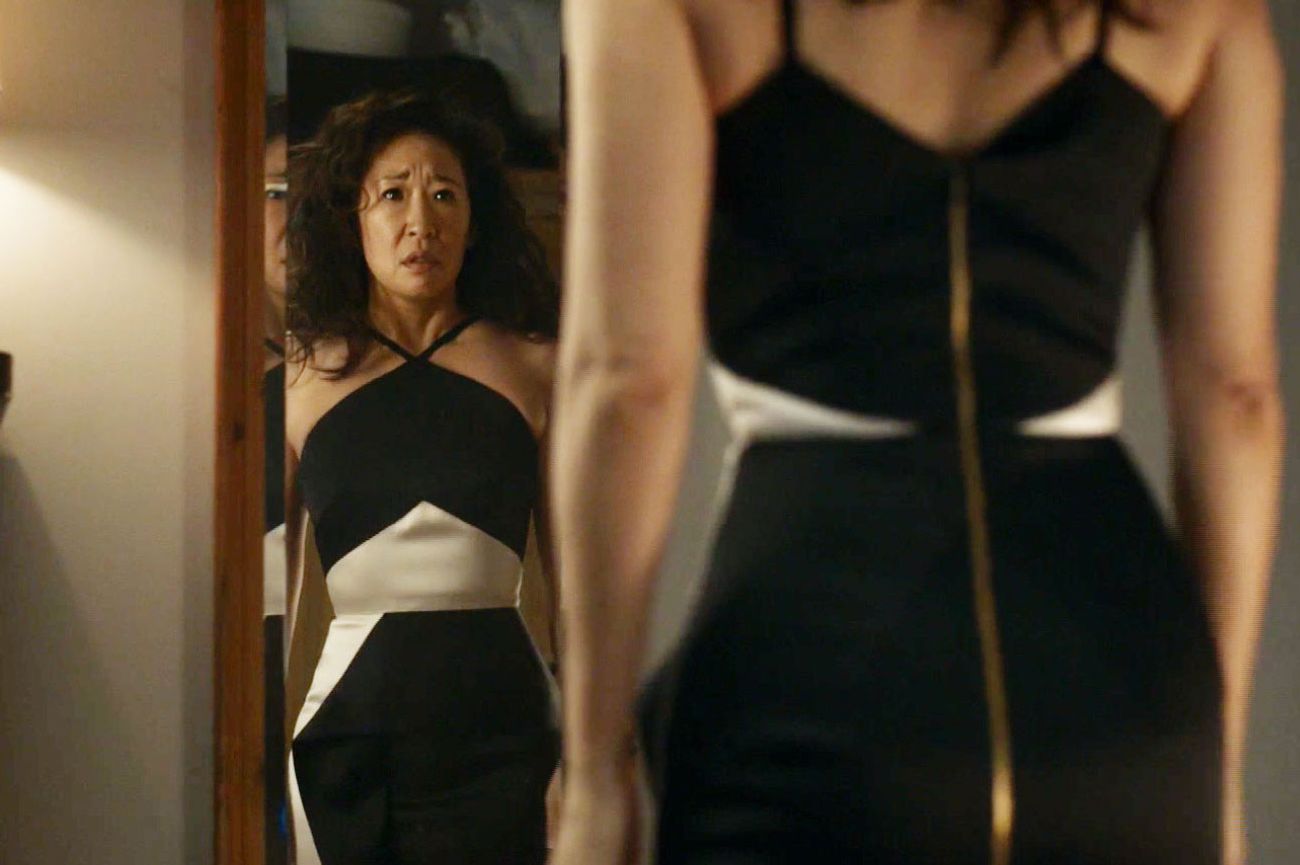While reading Lousia Stein’s Gossip Girl: Transmedia Technologies, I found myself wondering how my favorite TV shows use social media to effectively market themselves to mass audiences. Stein explores the relevance of social media within the narrative of Gossip Girl, but also how the show implements a line of transmedia extensions to attract viewers, using the example of a Social Climbing Facebook Game. I was intrigued by the elaborate depiction of digital culture, but I wanted to find another example of this type of marketing campaign. After conducting a quick internet search, I decided to focus on the show Mr. Robot.

Mr. Robot is a drama thriller that follows Elliott Anderson, a young programmer who works as a cyber-security engineer by day and as a vigilante hacker by night. Elliot finds himself at a crossroads when he gets recruited by a hacktivist group called society to help take down a company called E Corp, which is an all-powerful multinational conglomerate.

For a show about a vigilante hacker, the Internet seems like the perfect place to launch a groundbreaking campaign and that’s exactly what happened. When marketing the premiere of the second season of Mr. Robot, the USA network went all out, attempting to bring the fans into the world of the show. The marketing consisted of hyper-targeted Twitter and Facebook ads to reach niche audiences, which appealed to various interests ranging from tech to comic books. In addition, the network released a series of online advertisements that declared “F— Social Media” and “F— the System”, in which the curse word is not spelled out and blocked by star Rami Malek. Not only do these advertisements consist of bold statements, but they serve as a spot-on introduction to the show.

A significant part of Mr. Robot’s second season campaign was done on Facebook, starting on July 7th, when the Mr. Robot Facebook page was “hacked” by the fictional group society for 24 hours. They ended up broadcasting 11 customized global rants via Facebook Live, following distinct tones and aesthetics from Mr. Robot. They also used paid promotion to target certain demographics, so each live video was tailored to localized current events, languages, and politics. Three days before the premiere of season two, USA Network hosted a Q&A with the cast on Facebook Live. After 15 minutes, the interview was “hacked” by a masked member of society, who “leaked” the first episode of the two-part season premiere. The premiere of the show ended up being available for a limited time on Twitter, Snapchat, Netflix, and USANetwork.com.

Not only did this social media campaign encourage audience engagement, but it effectively captured the essence of Mr. Robot. Instead of just posting ads on social media, the team behind “Mr. Robot” produced interactive campaigns that brought themes and conflicts from the series to life.





